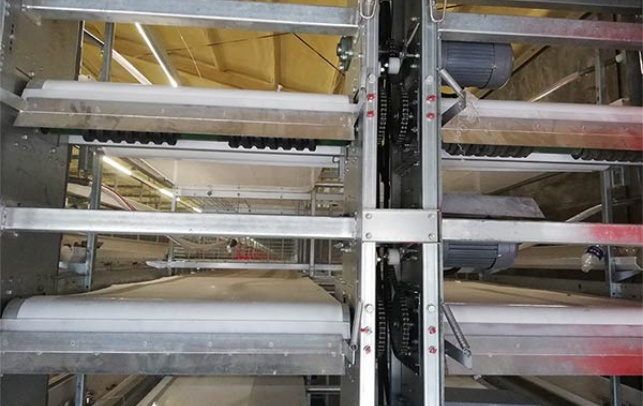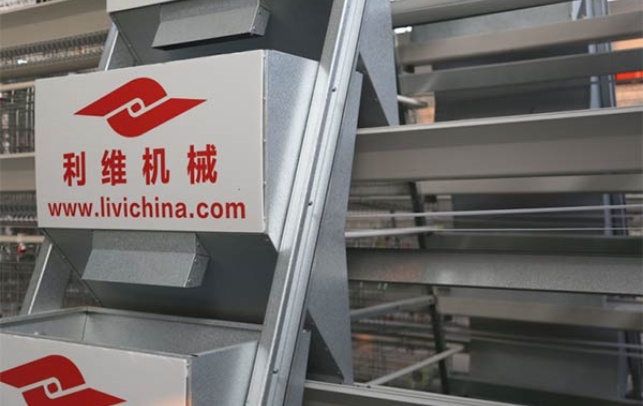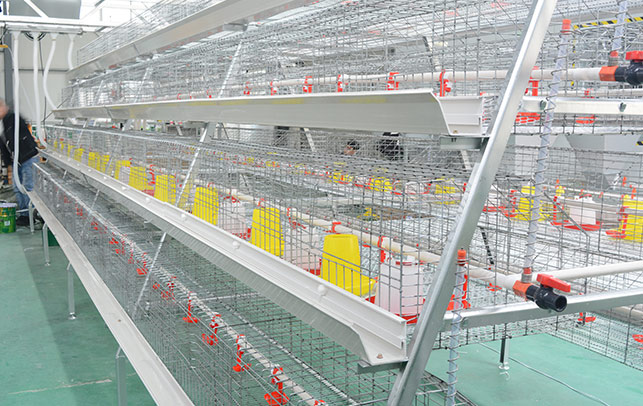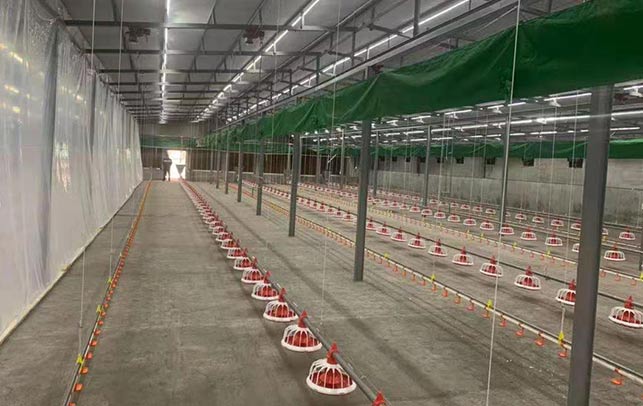How to Start a Chicken Farm in India: A Guide for Aspiring Poultry Farmers
Time : 2025-07-23
Are you considering starting a chicken farm in India? As a leading manufacturer of poultry equipment from China, Livi Machinery is here to guide you through the process. Starting a chicken farm can be an exciting venture, but it requires careful planning and knowledge of the industry. In this article, we will cover everything you need to know about how to start a chicken farm in India, from the initial steps to setting up your farm.
Understanding the Market
Before diving into the practical aspects of starting a chicken farm, it’s essential to understand the market in India. The Indian poultry industry is one of the fastest-growing sectors in the agricultural sector, driven by the increasing demand for meat and eggs. Here are a few key points to consider:
- The Indian poultry market is expected to grow at a CAGR of 5-6% over the next few years.
- There is a high demand for both broiler and layer chickens.
- The industry is highly competitive, with numerous players in the market.
Step 1: Research and Plan Your Business
1.1. Identify Your Target Market:
Start by identifying your target market. Are you aiming to produce eggs or meat? This decision will influence the type of chicken breed you choose and the layout of your farm.
1.2. Conduct Market Research:
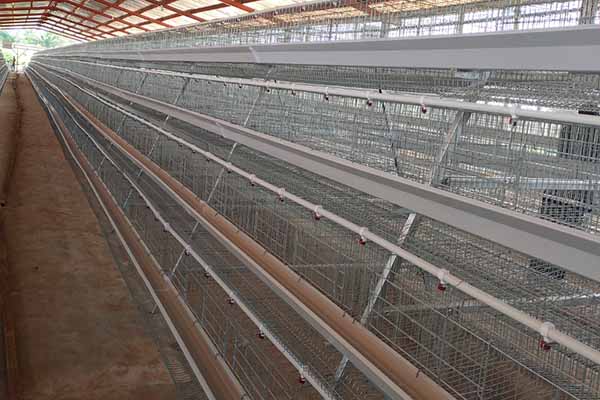
Conduct thorough market research to understand the demand, pricing, and competition in your area. This will help you make informed decisions about your farm’s scale and production capacity.
1.3. Create a Business Plan:
A well-written business plan is essential for securing financing and guiding your operations. Your plan should include details such as the farm’s layout, the type of chicken breed, production capacity, marketing strategy, and financial projections.
Step 2: Choose the Right Location
2.1. Proximity to Markets:
Select a location that is close to your target market to reduce transportation costs and ensure timely delivery. Proximity to markets also helps in reducing the risk of spoilage.
2.2. Access to Resources:
Ensure that your farm has easy access to water, electricity, and other resources needed for the operation.
2.3. Zoning and Permits:
Check local zoning regulations to ensure that poultry farming is allowed in the area. Obtain the necessary permits from local authorities before proceeding.
Step 3: Select the Right Chicken Breed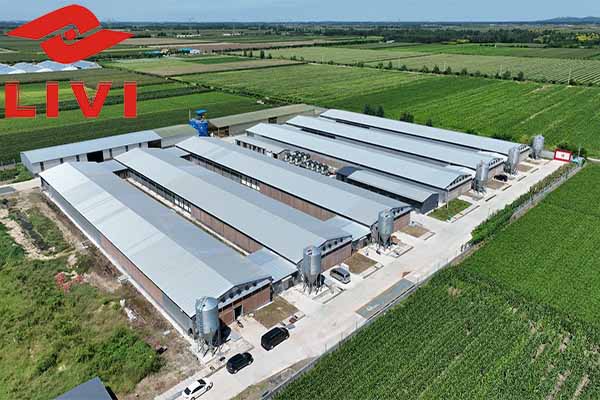
Selecting the right chicken breed is crucial for the success of your farm. Consider the following factors when choosing a breed:
- Productivity: Choose a breed that is known for high productivity, whether in terms of egg-laying or meat production.
- Health and Disease Resistance: Choose breeds that are less prone to diseases, which can be costly and detrimental to your farm’s success.
<li Growth Rate: Fast-growing breeds can help you reach market-ready size faster.
Step 4: Purchase Quality Poultry Equipment
Investing in high-quality poultry equipment is crucial for the efficient operation of your farm. Here are some essential equipment you’ll need:
- Fence Systems: To protect your chickens from predators and keep them confined to the farm.
- Nesting Boxes: For egg production, ensure that you have enough nesting boxes for your chickens.
- Feeders and Waterers: Provide easy access to food and water for your chickens.
- Ventilation Systems: To maintain optimal temperature and humidity levels in the chicken house.
Livi Machinery offers a wide range of high-quality poultry equipment designed to meet the needs of poultry farmers in India. Our products are built to withstand the challenges of the Indian climate and ensure the health and well-being of your chickens.
Step 5: Implement Biosecurity Measures
Biosecurity is crucial in poultry farming to prevent the spread of diseases. Implement the following measures:
- Sanitize equipment and housing regularly.
- Control access to the farm by visitors and employees.
- Implement a strict vaccination program.
Step 6: Hire and Train Your Staff
Recruit experienced staff members who are knowledgeable about poultry farming. Provide them with adequate training to ensure that they understand the best practices for managing your farm.
Step 7: Market Your Products
Develop a marketing strategy to promote your chicken farm and its products. Consider the following options:
- Direct Sales: Sell directly to retailers, restaurants, or end consumers.
- Wholesale: Partner with wholesalers to distribute your products to a wider market.
- E-commerce: Sell your products online through platforms like Amazon or your own website.
Conclusion
Starting a chicken farm in India can 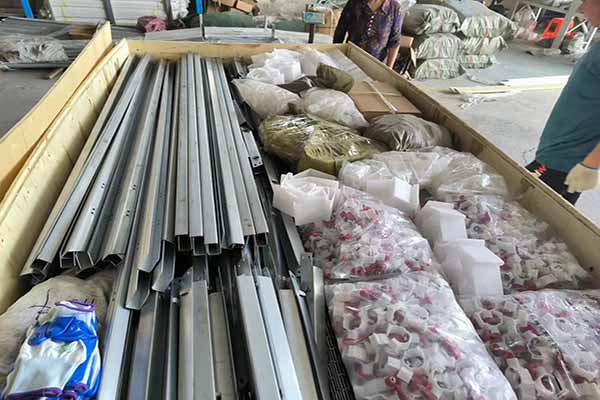 be a rewarding endeavor, provided you plan carefully and invest in the right equipment and resources. By following these steps and leveraging the expertise of manufacturers like Livi Machinery, you can increase your chances of success in the competitive poultry industry.
be a rewarding endeavor, provided you plan carefully and invest in the right equipment and resources. By following these steps and leveraging the expertise of manufacturers like Livi Machinery, you can increase your chances of success in the competitive poultry industry.
For more information on our poultry equipment or to discuss your farm’s needs, contact us today.






